VIDEO: Planting and caring for snowdrops
General information about snowdrops
The snowdrops, botanically known as Galanthus nivalis, belong to the daffodil species and develop differently colored delicate flowers. The area of origin of the flowering plant is among other things the higher Balkan Mountains.
Snowdrops are a great addition to the garden, the front yard or in the pot the terrace to let them shine in different flower colors at an early stage. The plants, along with the winterling, are among the first to bloom in spring, while other flowering plants are still in hibernation.
Plant bulbs in the bed
The best time to plant the snowdrop is September and October. You can see the snowdrop in the form of Flower bulbs acquire. Different varieties and flowers are available in nurseries, garden centers and also in flower shops. Have the shovel and the snowdrop bulbs ready.
-
Dig a hole. First, loosen the soil and dig a small hole.
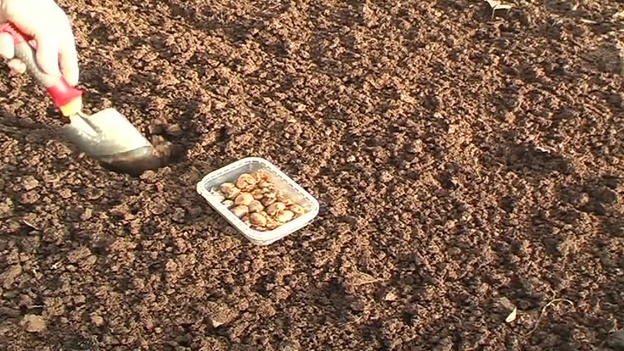
© Liane Spindler -
Put in onions. Place a maximum of five flower bulbs a few inches deep in the hole. After flowering, the snowdrop independently forms new bulbs, so that the number of plants increases steadily.
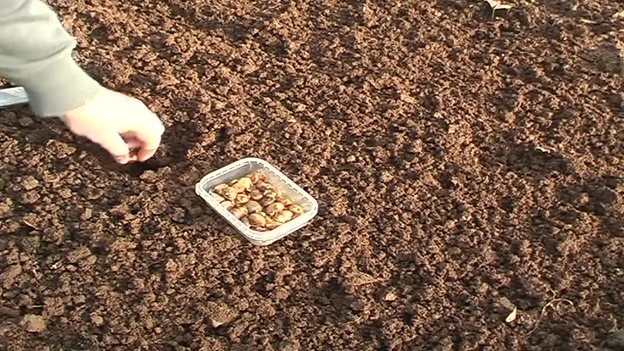
© Liane Spindler -
Cover the onions with soil. Cover the bulbs with soil to prevent frost damage.
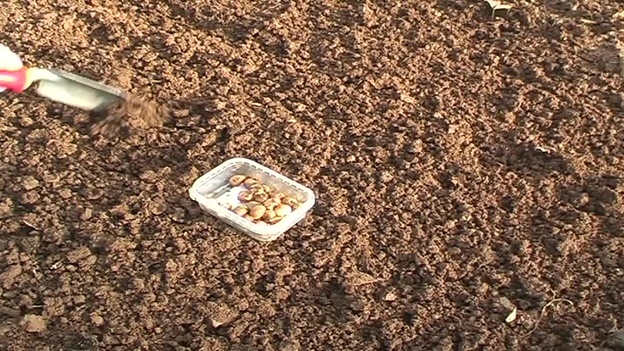
© Liane Spindler -
Dig a new hole. Dig a new hole 15-20 centimeters away from the first hole so that the clumps are not too close together.
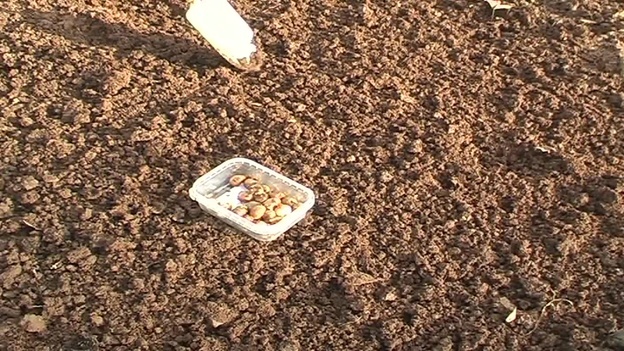
© Liane Spindler -
Plant onions. Fill this hole again with a maximum of five bulbs and cover them with soil. Continue in this way throughout the bed.
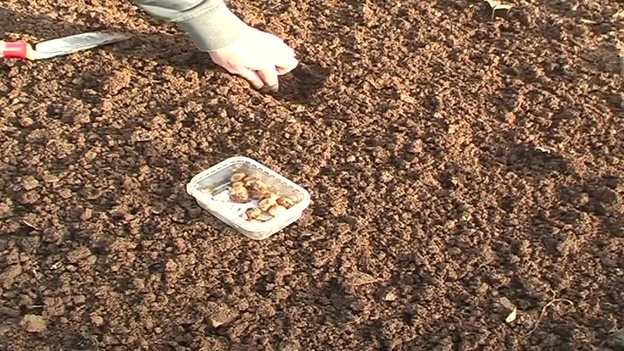
© Liane Spindler
Snowdrops are among the first to bloom in spring. Who is it right in autumn ...
Grow early bloomers in pots
If you do not want to plant snowdrops in the bed, provide large flower pots or planters. You will also need potsherds as drainage and possibly ivy.
-
Plant pot. First line the planter with potsherds. Then proceed as when planting in the bed, fill the container with soil and place a maximum of five bulbs in a hole. Make sure there is enough space to the next hole and cover all the bulbs with soil.
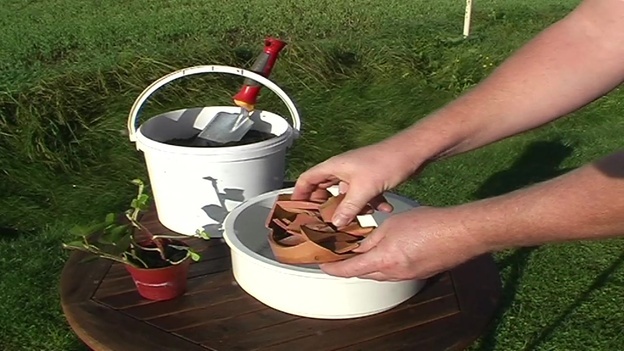
© Liane Spindler -
Put ivy in. Now you can also plant ivy in the flower pot. In this way you combine a hardy climbing plant with the early-blooming snowdrops.

© Liane Spindler -
To water. Water the plants abundantly.
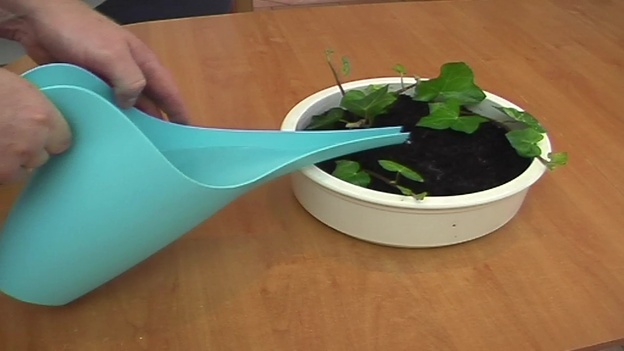
© Liane Spindler -
Fertilize. Add to the water if necessary fertilizer for flowering plants. This is also available as a fertilizer stick and can thus provoke larger and more flowers per plant.
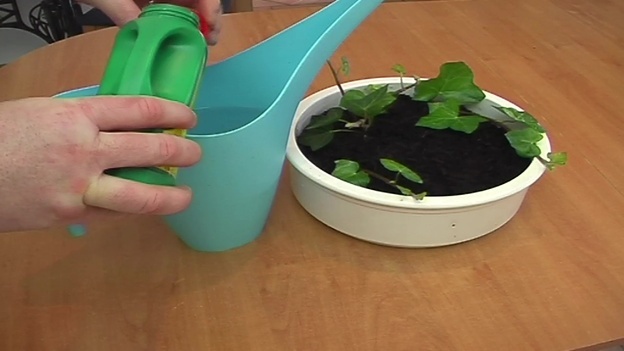
© Liane Spindler
Choice of location for the small early bloomers
So that you can also benefit from the early winter flowering, you should use the Onions Put in the soil at the right planting time and then properly care for them: Snowdrops are relatively undemanding in terms of their suitable location. Thus, you can settle the flowering plant in shady places without any problems, but the flower also gets along well in very sunny locations.
In order to be able to develop the flowering in the final stage of winter, you should plant the bulbs in autumn between September and November. By producing heat at milder temperatures in winter, the onion can melt snow for flowering, allowing flowering to break through in snow.
Nice but poisonous
When handling the flowers, be aware that they contain toxic ingredients. The toxic substances can provoke nausea. Wash your hands accordingly and remove the so-called alkaloids from any cutting tools.
Once you have grown the plants in the ground, they will multiply by themselves. Often times, when the snowdrops bloom and the ovaries scatter their seeds, the seeds are turned off by Ants recorded. The small animals distribute the seeds during transport in the garden and new plants can grow.
